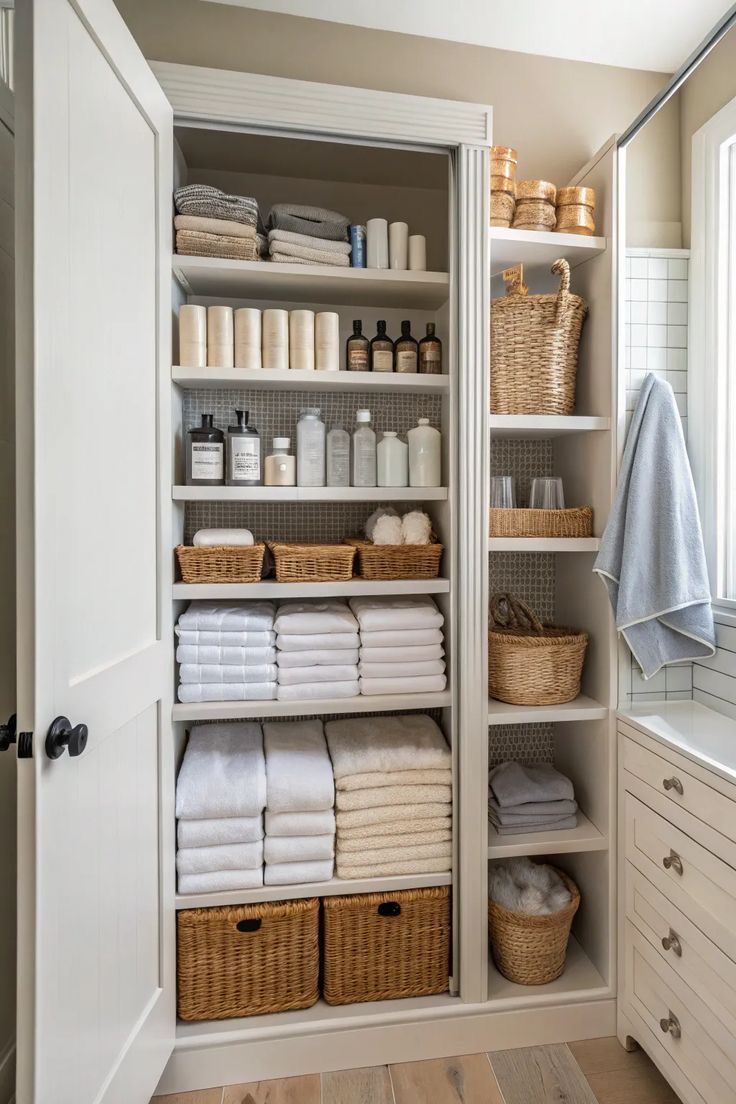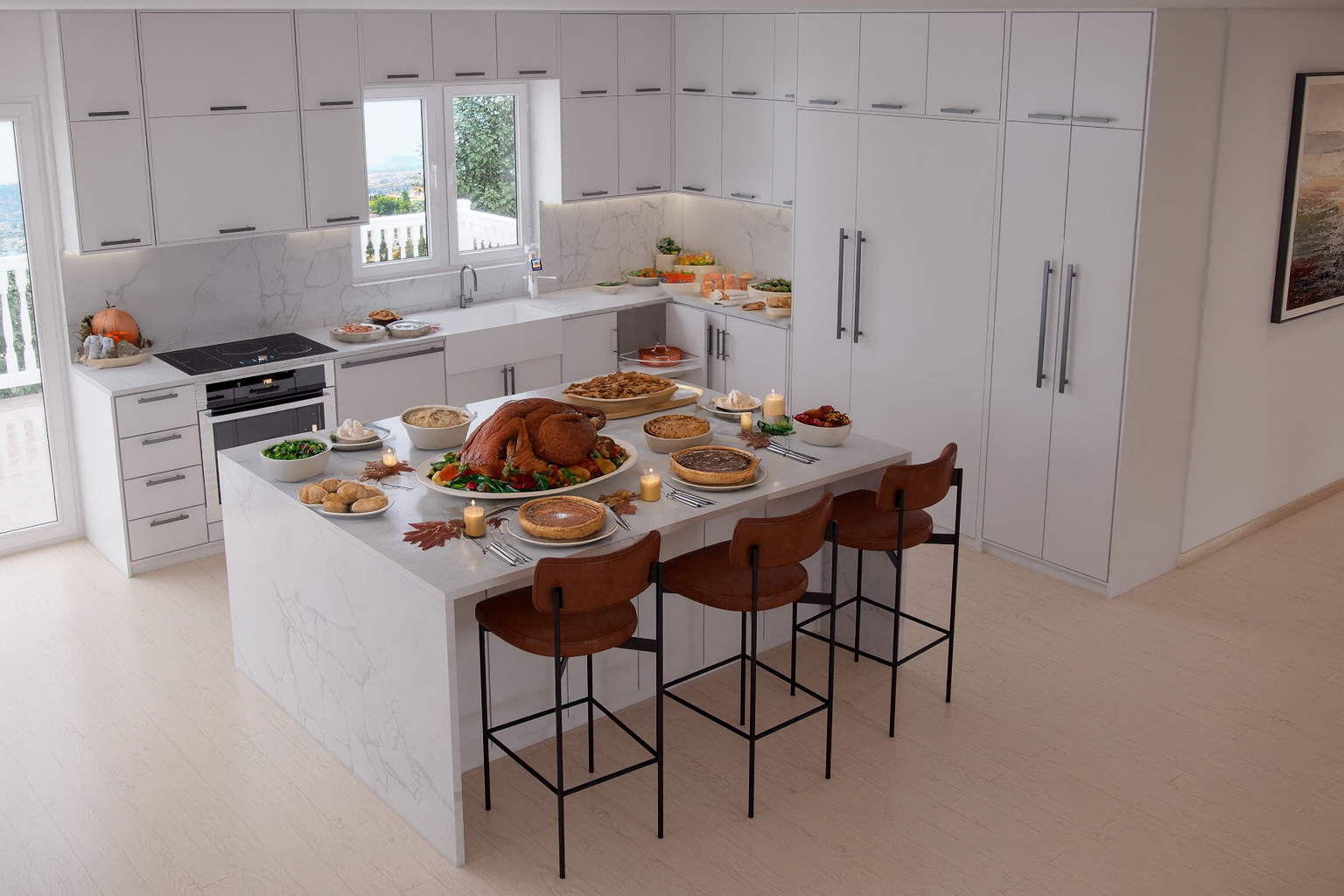An accent wall can be a game-changer in any room, adding depth, interest, and a focal point without overwhelming the space. The key to creating a stunning accent wall lies in choosing the right color and material. Here’s a guide to help you make the best choice for your home.

When selecting a color for your accent wall, consider the overall palette of the room. The accent wall should complement the existing colors rather than clash with them. If your room has neutral tones, a bold color can add a striking contrast. Conversely, if your room is already colorful, a more subdued hue might be the better choice. Take note of the mood you want to create: warm colors like red and orange can make a space feel cozy and inviting, while cool colors like blue and green can evoke calm and tranquility.
.webp)
The room’s purpose also plays a significant role in your color choice. In a bedroom, soothing colors like soft blues and greens promote relaxation and sleep. For a living room, you might opt for more dynamic shades like rich greens or deep blues to encourage conversation and activity. In a home office, colors like muted greens or warm yellows can enhance focus and productivity. Always consider the function of the space when choosing your accent wall color.
Materials can add texture and dimension to your accent wall, elevating it from simply painted drywall to a true design feature. Wood panels bring warmth and a natural element, perfect for creating a cozy atmosphere. Brick or stone can add a rustic or industrial feel, depending on the finish. Wallpaper offers endless patterns and designs, from subtle textures to bold graphics, making it a versatile option for any aesthetic. For a sleek, modern look, consider using materials like metal or glass.

Lighting is crucial in showcasing your accent wall. Natural light can highlight textures and make colors pop, so consider the wall’s position relative to windows. In darker rooms, incorporate lighting fixtures like wall sconces or spotlights to draw attention to your accent wall. The right lighting can enhance the visual impact and ensure your accent wall stands out as intended.
Before committing to a color or material, test your choices. Paint swatches on the wall and observe how they look at different times of the day under various lighting conditions. For materials, get samples and see how they interact with the room’s existing elements. This step is vital in ensuring that your chosen color and material work harmoniously with your space.

Creating an accent wall is an excellent way to inject personality and style into your home. By carefully selecting the color and material, considering the room’s purpose, incorporating the right lighting, and testing your choices, you can achieve a beautiful, cohesive design that enhances your space.








